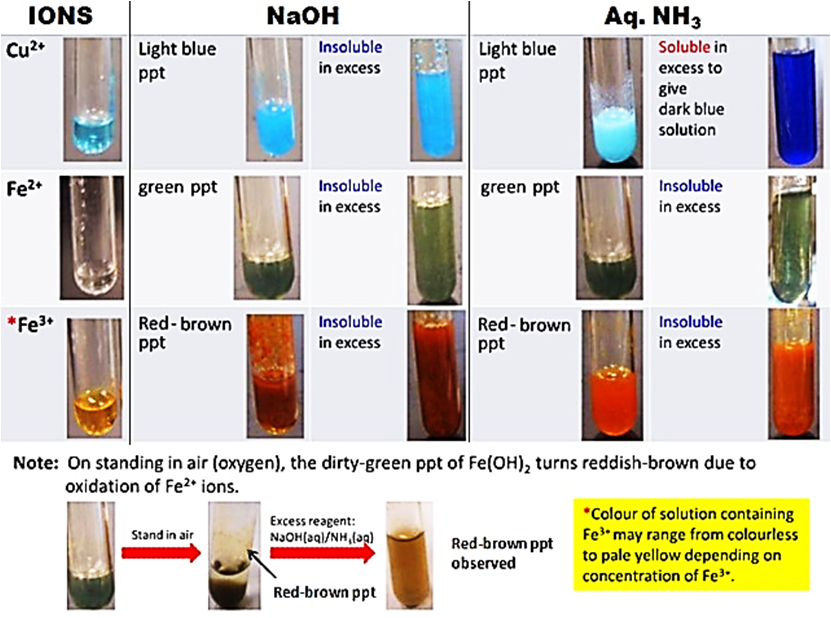

To reduce toxicity concerns, it is often substituted with strontium carbonate, which behaves in a similar way in glazes but is of lower toxicity. Its use is somewhat controversial since it can leach from glazes into food and drink. You might have noticed that many shades of yellow are named after soil types or natural elements. It acts as a flux, a matting and crystallizing agent and combines with certain colouring oxides to produce unique colours not easily attainable by other means. Other uses īarium carbonate is widely used in the ceramics industry as an ingredient in glazes. Otherwise it is a common precursor to barium-containing compounds such as ferrites. It is mainly used to remove sulfate impurities from feedstock of the chlor-alkali process. Pyrolysis of barium carbonate gives barium oxide. Whereas when a new substance is formed, there is usually noticeable energy change like the container gets colder or hotter (without heat being supplied of course). In the soda ash process, an aqueous solution of barium sulfide is treated with sodium carbonate: BaS + H 2O + CO 2 → BaCO 3 + H 2S Reactions īarium carbonate reacts with acids such as hydrochloric acid to form soluble barium salts, such as barium chloride: usually adding a mixture to a mixture has little energy change, i.e little heat taken in by the reaction mixture or little heat given out by the reaction mixture. Preparation īarium carbonate is made commercially from barium sulfide by treatment with sodium carbonate at 60 to 70 ☌ ( soda ash method) or, more commonly carbon dioxide at 40 to 90 ☌: Systematic analysis of an inorganic salt involves the following steps. The colour of an ionic compound is frequently different.

PbI2 is a yellow solid, Al (OH)3 precipitate and AgCl colour is white. A transition metal ion is usually responsible for the colour of an ionic compound. In a commercial sense, it is one of the most important barium compounds. The metal ion present in the compound is responsible for the compound's colour. in order to determine the color of precipitates produced, you have to opt the technique and in that technique the type of instrument parts you are going to use. It occurs as the mineral known as witherite. Answer: Precipitates are the substances that are remained in solid form from the solution. Like most alkaline earth metal carbonates, it is a white salt that is poorly soluble in water. Barium carbonate is the inorganic compound with the formula BaCO 3.


 0 kommentar(er)
0 kommentar(er)
